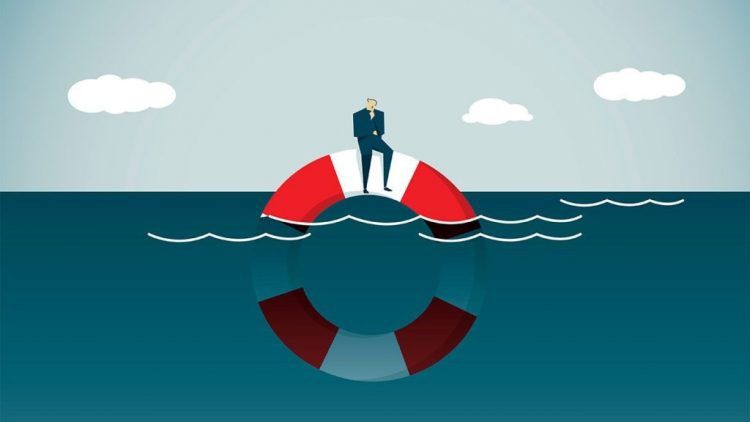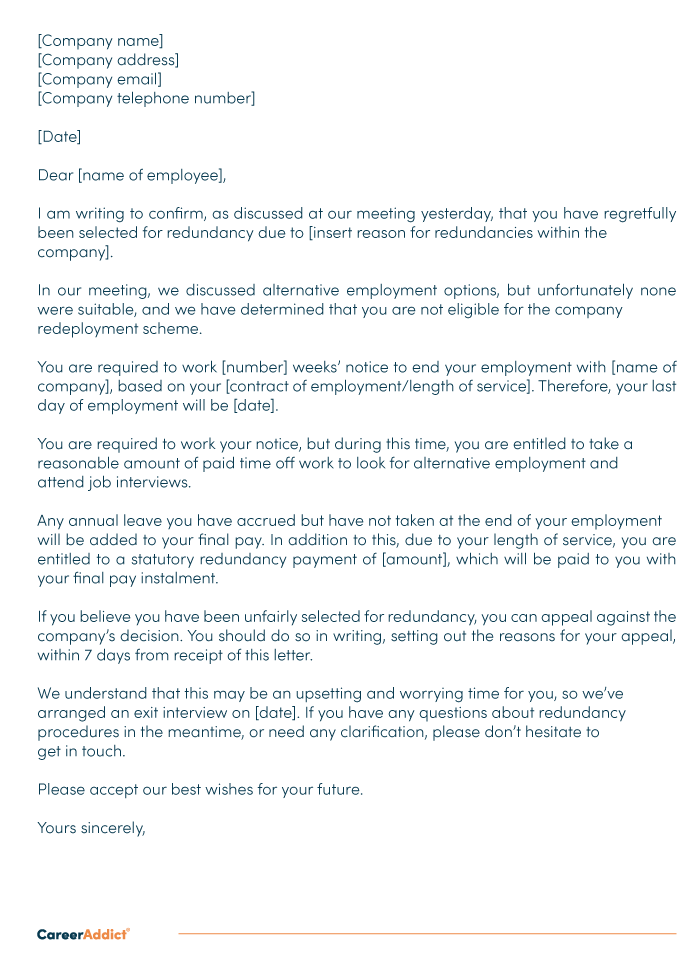Examining the Interplay In Between Company Redundancy and Business Adaptability for Future Development
In the vibrant landscape of today's business world, the complex relationship between firm redundancy and business adaptability emerges as a critical element for sustained development and success. Companies commonly face the difficulty of striking a fragile equilibrium in between keeping a degree of redundancy to reduce threats and fostering adaptability to respond quickly to the ever-evolving market demands.
Value of Firm Redundancy
Firm redundancy is a critical element that enhances business strength and minimizes functional threats. By including redundancy actions within the business framework, business can better stand up to unanticipated disturbances and variations in the organization setting. Redundancy offers as a calculated buffer, enabling business to adapt and respond effectively to unanticipated challenges without jeopardizing essential procedures.
One trick facet of the significance of company redundancy is its role in ensuring connection during times of dilemma. When faced with sudden adjustments or emergency situations, redundant systems, resources, or employees can tip in to preserve vital functions and avoid widespread disturbances. This continuity not just safeguards the business's credibility and customer trust yet likewise minimizes economic losses and operational downtime.

Approaches for Business Adaptability

Creating versatile business frameworks that enable for quick changes to market characteristics and client demands is crucial for remaining affordable in a rapidly evolving setting. By proactively recognizing prospective disruptions and opportunities, companies can proactively adjust and thrive in an ever-changing business landscape.
Harmonizing Redundancy and Versatility
Achieving an unified equilibrium in between functional redundancy and organizational versatility is paramount in navigating the intricacies of a vibrant company setting. Striking the best equilibrium in between redundancy and adaptability is a fragile procedure that calls for a deep understanding of the organization's goals, sector characteristics, and risk tolerance.
To accomplish this balance, business require to carry out routine evaluations of their procedures to determine locations where redundancy is essential for risk mitigation and where adaptability can drive innovation and growth. Implementing flexible frameworks, cultivating a society of continual understanding and renovation, and urging open communication throughout all levels of the organization go are key strategies to harmonize redundancy and flexibility properly. By straightening these 2 important aspects, business can place themselves for sustainable growth and success in an ever-changing organization landscape.
Instance Research Studies on Adaptation Success
In checking out instances of successful organizational adjustment, it comes to be noticeable that the interplay between operational redundancy and adaptability is a defining element in forming resistant businesses. A DVD rental service, Netflix demonstrated impressive adaptability by transitioning into a streaming platform when digitalization disrupted the industry. These case studies underscore the importance of operational redundancy coupled with organizational adaptability in fostering lasting development and competition.
Structure Durability for Future Growth
Structure resilience for future development needs a strategic placement of operational procedures with market dynamics and arising patterns. Firms must adjust to changing settings by promoting a society of versatility, development, and continual enhancement.
In addition, promoting solid connections with stakeholders, such as clients, employees, vendors, and the community, is essential for weathering unpredictabilities and maintaining depend on and support throughout turbulent times. Efficient communication and openness play an important duty in structure resilience, as they assist facilitate and line up assumptions cooperation in navigating uncertainties.
In addition, organizations need to focus on understanding and development efforts to upskill staff members and anchor outfit them with the necessary tools to adapt to altering conditions. By investing in their labor force, companies can improve their versatility and dexterity, inevitably reinforcing their resilience for sustainable future growth.
Final Thought

In the vibrant landscape of today's company globe, the intricate connection in between company redundancy and business adaptability emerges as a critical element for continual development and success. Companies commonly face the challenge of striking a fragile balance between preserving a level of redundancy to alleviate threats and cultivating versatility to respond quickly to the ever-evolving market needs.To achieve this equilibrium, firms require to carry out regular assessments of their procedures to determine areas where redundancy is required for risk reduction and where versatility can drive development and growth.In conclusion, the interaction in between company redundancy and business flexibility is vital for future growth. Structure strength through a combination of redundancy and adaptability will guarantee that business are prepared for the difficulties of the future.